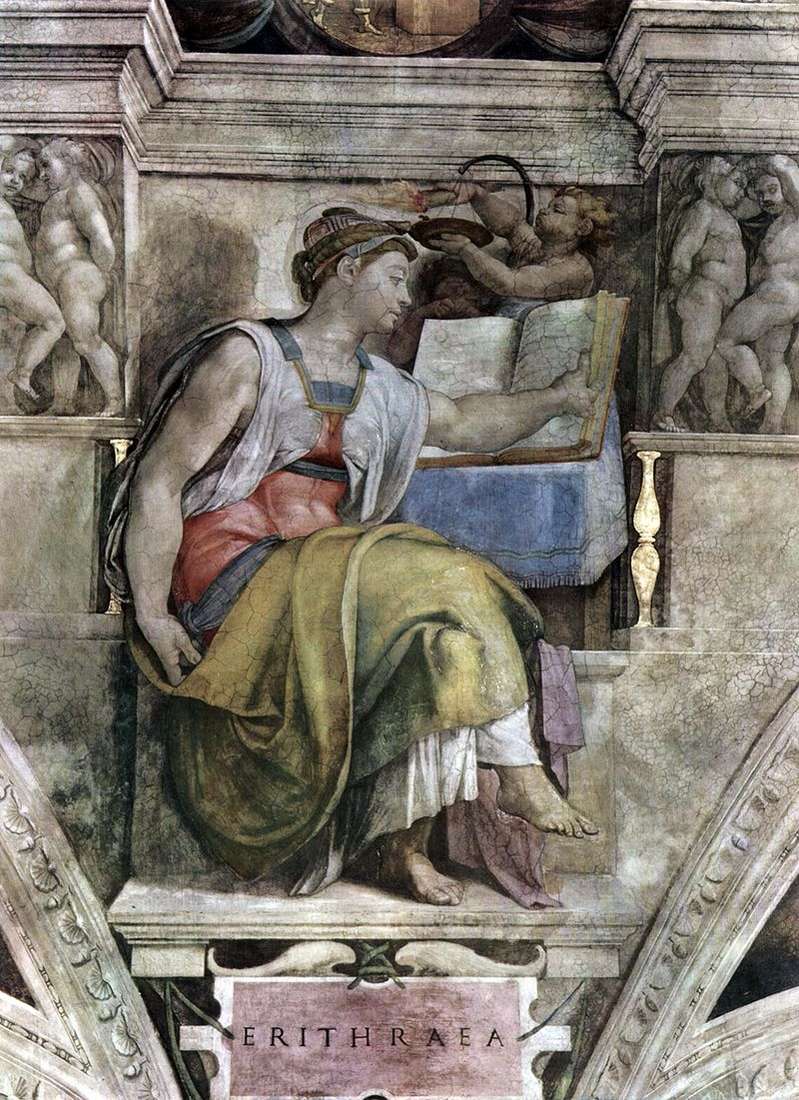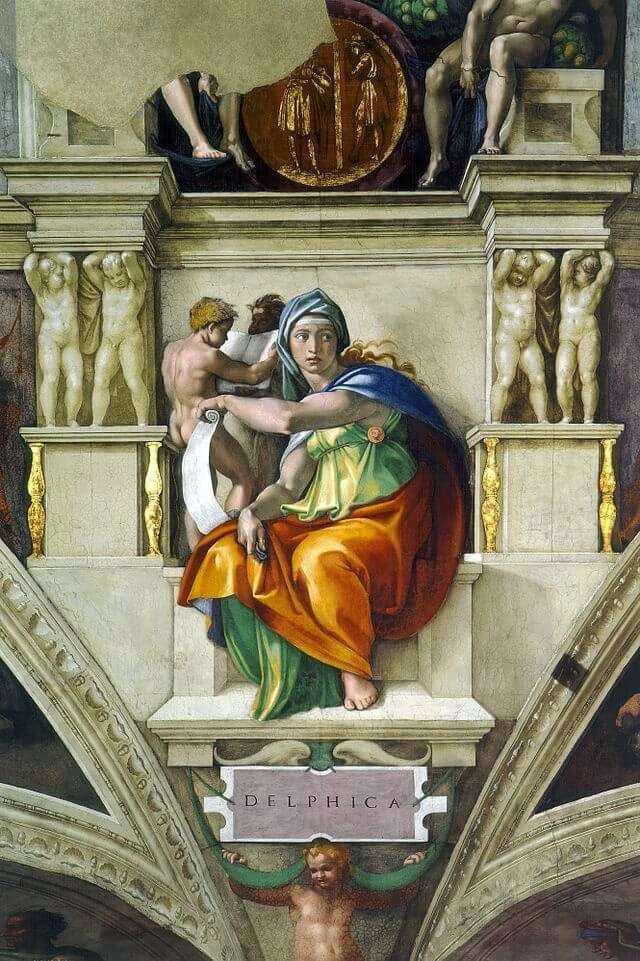. 
This work is the earliest known work of the sculptor, architect, artist and poet Michelangelo, which is a colored and extended version of Shongauer’s engraving. The painting was painted at an early age. Currently in the permanent collection of the Kimbell Museum.
The picture shows a famous medieval story in which St. Anthony is attacked by demons in the desert and tries to resist their temptations. The Temptation of St. Anthony is the broader name for this topic. However, this work focuses on the moment when Reverend Anthony, usually moved with the support of angels, falls into a diabolical ambush.
Previously, the picture was attributed to the workshop of Domenico Ghirlandaio, under whose leadership the apprenticeship of Michelangelo was held. At the auction site was bought for two million dollars. Such a low price was associated with incorrectly established authorship.
When the license for expert analysis was obtained, the picture was taken to the Metropolitan Museum, where it was first cleaned and carefully studied. Based on some stylistic features, such as “expressive hatching,” for example, it was decided that the picture really belongs to Michelangelo. Later, the work was bought by the Kimbell Art Museum, but the amount of the transaction was not disclosed. Presumably, it exceeded six million dollars.
Giorgio Vasari in his famous work “Biography”, thanks to which we know about the life of the artists of the Renaissance Epoch and other facts, notes that Buonarroti painted St. Anthony after seeing an engraving of Shongauer. However, the original has been expanded and supplemented. In order to more realistically depict the texture of scales, Michelangelo went to the local market, in search of a suitable fish. Improvements have also undergone the background, in the original it simply was not, and the expression of the face of the saint. It is worth noting that the late Gothic style of Schongauer is in strong contrast with the work of Michelangelo, even in his youth.
According to the records of Vasari, this is one of the four panel paintings of Buonarroti, which proves the statement about the master’s dismissive attitude towards oil painting.
 Madonna and Child, John the Baptist and the Angels by Michelangelo Buonarroti
Madonna and Child, John the Baptist and the Angels by Michelangelo Buonarroti Persian Sibyl (fresco) by Michelangelo Buonarroti
Persian Sibyl (fresco) by Michelangelo Buonarroti Eritrean Sibyl (fresco) by Michelangelo Buonarroti
Eritrean Sibyl (fresco) by Michelangelo Buonarroti Victory (sculpture) by Michelangelo Buonarroti
Victory (sculpture) by Michelangelo Buonarroti Madonna and Child (sculpture) by Michelangelo Buonarroti
Madonna and Child (sculpture) by Michelangelo Buonarroti Perfect Head by Michelangelo Buonarroti
Perfect Head by Michelangelo Buonarroti Morning (sculpture) by Michelangelo Buonarroti
Morning (sculpture) by Michelangelo Buonarroti The Delphic Sibyl by Michelangelo Buonarroti Buonarroti
The Delphic Sibyl by Michelangelo Buonarroti Buonarroti